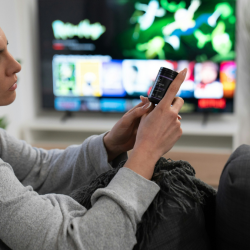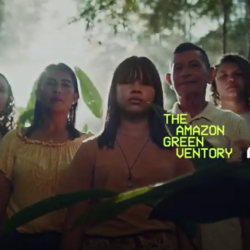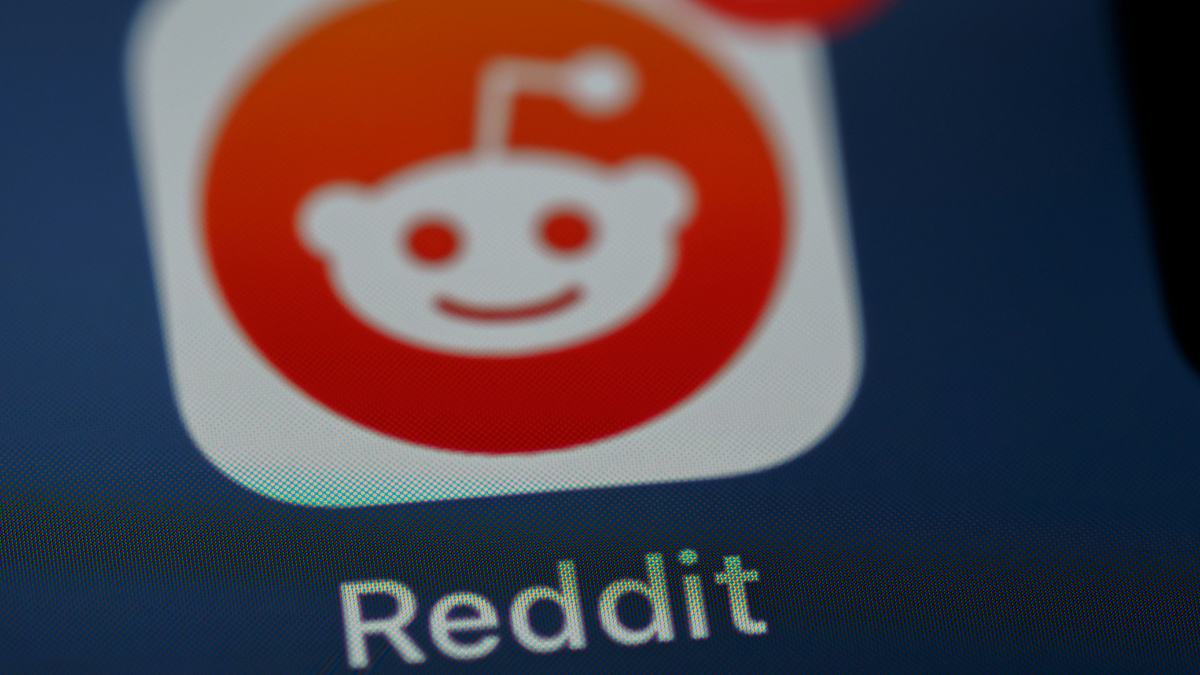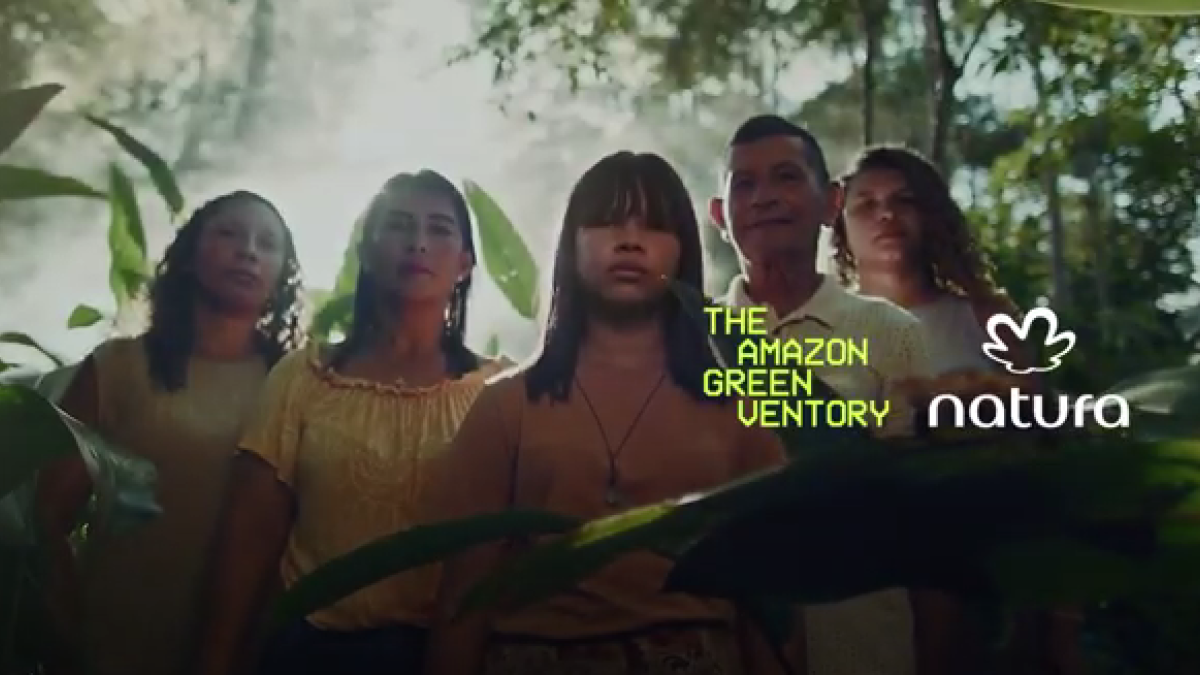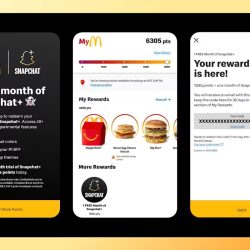‘Words are, of course, the most powerful drug used by mankind.’
— Rudyard Kipling
The last decade has seen an explosion in D2C businesses globally. In the US alone, the number of D2C brands jumped from around 400 in 2016 to more than 22,000 in 2021. Meanwhile, advertising is getting more expensive for these companies every year, pushing customer-acquisition costs ever upwards. In this competitive climate, young and ambitious D2C brands must do whatever they can to stand out.
One of their most powerful levers is language. Some people call this stuff verbal identity. Some people call it tone of voice. Personally, I like the way Lauren Pope talks about it, where a brand’s voice is its unique combination of personality, tone, rhythm, and vocabulary. I also agree with Chris West (author of Strong Language: The Fastest, Smartest, Cheapest Marketing Tool You’re Not Using), who argues that voice is about more than just words; it’s an expression of a world view. We all agree that distinctiveness is key, right? And yet, brand language guidelines featuring brain-deadeningly generic principles like ‘friendly’ and ‘authentic’ still find their way into the world. In the words of Mark Di Somma, ‘If your brand doesn’t speak in a language that you own, you don’t have a voice. You are noise.’ This article is my attempt to show marketers and brand owners what’s possible when a brand really commits to its own special flavour of linguistic deviance.
So let’s take a look at three examples of uncommonly fun and voicey brands making waves in the world of ecommerce…
BarkBox
Site: barkbox.com
Category: Dog toys and treats
If I had to sum up BarkBox’s voice in three words, I’d go with cheeky, cute, and, well, doggish. Exploring their website often feels like they’re talking directly to your dog:

And if they’re not talking to your pup, they’re channelling them:

If I was listing the ‘brand rituals’ of dogs-as-a-species, butt-sniffing would certainly be up there. So I really don’t think the BarkBox site would be complete without this beautiful newsletter sign-up copy:

Starface
Site: starface.world
Category: Skincare
I get the feeling this brand is probably too cool to rely on rigid brand voice guidelines, but I think txt-spk-y, spacey, and frolicsome captures it pretty well. The brand exudes a sense of knowing exactly who it’s for and what it’s about, all nicely distilled in the tagline ‘more fun for your face’. Starface write pretty much everything in lower-case, and use old-skool text-based emoticons, acronyms and abbreviations liberally, as you can see here:

They also lean into the ‘star’ theme, promising to ‘send blackheads to another dimension’ and remove a ‘galaxy of gunk’ from your grimy face:


The space theme continues on their About page, where they share the Starface story in Star Wars intro style:

And of course, they don’t miss a chance to inject their distinctive personality and vocabulary into ‘boring’ stuff like marketing sign-ups and FAQs:


StrangeLove
Site: strangelove.com.au
Category: Premium beverages
OK, you know the drill by now. Here are three non-standard adjectives that give you at least a hint of how this Australian soda brand speaks: Subversive, sardonic, self-aware (all punctuated with unapologetically idiosyncratic southeastern Australian quips).
Their product descriptions are full of fun surprises:


They have a knack for saying what everyone was thinking:

Their About page is ace:

There’s an ‘infrequently asked questions’ section, naturally:

And in a literary riff that MediaCat readers may appreciate, their ‘Booze Book Volume 1’ is a lovely play on Kahneman and Tversky’s classic text.

I’ve barely scratched the surface here. It’s well worth spending some time on the StrangeLove site.
Want to do things differently? Language is the most flexible tool you have
It amazes me how little effort most companies put into the written word. When it’s done well, it’s usually in ads. The rest of the customer journey rarely exudes attention to verbal details, and that’s a huge missed opportunity. The brands I’ve picked out here all share a certain irreverence, but that isn’t the only path. Just like there are around 790 quintillion 3-colour combinations you could build a visual identity around (at least that’s what ChatGPT told me), there are basically infinite linguistic palettes you can paint with too.
My biggest hope right now is that as AI-written sludge makes brand language more beige than ever, the benefits for brands using words in strategically weird ways will become more obvious. But just so we’re clear, that does not, and will never, excuse using the word ‘human’ as a brand voice principle. Agreed? Cool. Then we’re done here, I think.
Featured image: BarkBox


